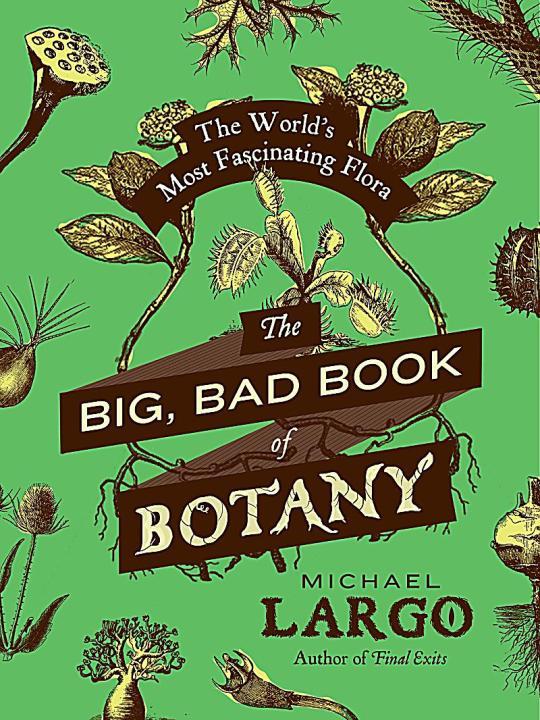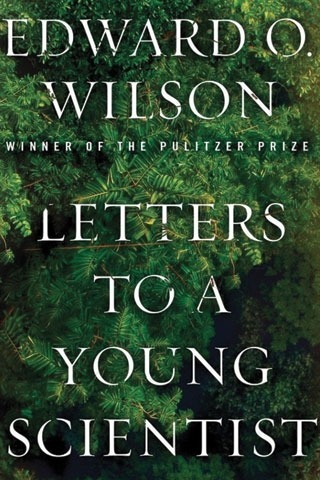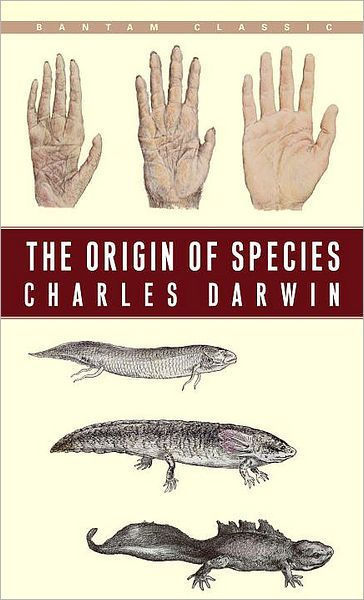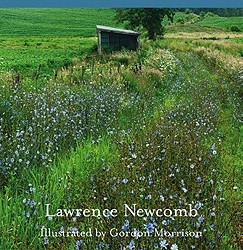hi. I like plants. I will write and reblog about planty things. Good day. about!
Don't wanna be here? Send us removal request.
Text
Poisonous Plants-Part 1 (Manchineel Tree)


The Manchineel Tree (Hippomane mancinella) is native to the southernmost areas of Florida, the Keys, and the Tropical Americas (especially the Caribbean), and is usually found on beaches or in swamps. The tree ranges in size, with an average height of 7 meters (recorded to be able to grow up to 15 meters). It has shiny broad ovate leaves with prominent midveins, and a large, branched crown. The fruits of this tree are green in colour, about the size of a clementine (approx. 1.5 inches in diameter), and from accounts of people eating the fruit, it tastes sweet, like a plum.
The issue with consuming the fruit (or any other part of the tree) is that it is highly poisonous. There is a milky white sap in the tree which contains phorbol, an irritant to humans as well as many animals. The tree is so poisonous that standing under it while it is raining can cause the toxic sap to mix with the rainwater and burn and blister skin on contact. Burning branches and leaves of the tree releases toxins into the smoke, causing blindness and irritation if inhaled. The fruit causes burning and swelling of the throat even when consuming only small amounts. With proper treatment, symptoms subside within a few hours, and disappear completely within a few days. Consuming large quantities creates a more serious and life-threatening case, and can possibly be fatal if left untreated.
It is a good reminder about avoiding fruit of unknown origin, unless locals say it is okay, or in this case, watch for red markers on the trunk, a sign that the tree is poisonous.
11 notes
·
View notes
Photo



Nicotiana glauca, Solanaceae
Yesterday I wrote about an uncommon, yellow-flowered Solanacea present on Lanzarote, the golden cup vine, so today I’ll write about an invasive, yellow-flowered Solanacea present far too much. The tree tobacco is a large, generally evergreen, fast-growing shrub native to rocky cliffs in Bolivia and central and north-western Argentina, from which it was introduced to be used as an ornamental plant around the end of the XVI century, landing first in Europe and now widespread around the world, thriving in all Mediterranean and sub-tropical areas. I personally observed it in various locations across Italy, and in both Fuerteventura and Lanzarote, where it was ubiquitous.
The tree tobacco is incredibly adapted to withstand flooding and subsequent drought in an arid climate and young plantlets begin flowering and setting seeds very soon in poor soils, wasteland and particularly along the sites of human activity like roads and seasonal canals. These are all areas where movement -of water, air and bodies- occurs, aiding in seed dispersal. The tubular flowers, adapted for pollination by hummingbirds and moths in its native range, haven’t discouraged other creatures from performing the same role elsewhere, when the plants haven’t directly resorted to self-pollination, as it happened in the Mediterranean. Due to its extremely vigorous habit, resilience and potential to pose a serious threat to endemic vegetation, eradication efforts have been carried out in various locations, as in the northern islets of Lanzarote, in Portugal, France and in Sicily.
Nicotiana glauca is another species to add to the list of toxic and lethal Solanaceae I mentioned yesterday which have also been traditionally used as medicinal plants by Native Americans.
68 notes
·
View notes
Text
Botany/Science Books I Recommend
(I’ll update whenever I read a book I like!)
Dec 17th, 2017
1. The Big, Bad Book of Botany by Micheal Largo

This book was one of the first ones that I read that was strictly about botany. It’s an interesting one too! It’s an A-Z book containing interesting facts about common plants. While there’s not a huge amount of plants covered, the book is 387 pages, not including acknowledgements and all that, but it does cover a large variety of different types of plants, from flowering species to vegetables. There’s carrots, belladonna, ginkgo, opium poppy, and venus flytraps, all giving us information on history, use in modern day, toxicity, and facts about the plants. It’s truly an interesting fact book, but it gives good knowledge on plants we use everyday. Plus, you can learn new things, like how alfalfa sprouts can cause a disease similar to lupus! [EDIT: it's been brought to my attention that there are some things in this book that may not be accurate, my apologies. However, despite the inaccuracies, it does have interesting things that don't apply to science, like folklore and stories. Also, if you find an interesting plant in here, you can research it more, as I did with the Be-still Tree (Thevetia peruviana or Cascabela thevetia). I'm sorry for recommending a book that has inaccuracies, I'll learn to research the book more.]
2. Letters To A Young Scientist by Edward O. Wilson

I picked up this book while browsing a Chapters. It’s a very skinny book, and was wedged between a couple big books about chemistry. I read the back, and I knew that I wanted it. It gives a whole new perspective on becoming a scientist. Edward O. Wilson is an American biologist that specializes in the study of ants. He’s been dubbed as “the father of biodiversity”, and he’s a personal hero of mine. He wrote this book with the intention of attracting young people into the science world, assuring that all you need is passion, and a drive to fulfill that passion. He also mentions that you don’t have to be great at math to become a scientist, as you can collaborate with scientists that are better in math (which is a huge relief because my math mark is on the sad side). It really made me happy that an older generation believed in people like me to continue research in biology, and it always gives me motivation to learn more and to gather all the information I can.
(More under the cut)
3. The Origin Of Species by Charles Darwin

Of course, a very famous book in the science world. I bought this after learning about evolution in my grade 11 biology class, and (although I haven’t read the whole thing yet) I find it very interesting. It’s a good base book to learn about the thoughts of Charles Darwin and his theories (because it was written by him of course), and also introduce yourself to the theory of evolution. I’m personally interested in natural selection, and how it applies to humans now (because of the growth in the medical world we can heal more people who would otherwise die- which is good and bad, being that the good is that we’re saving people, bad that these people were supposed to die and this is leading to overpopulation). Also if you plan to go into science, you’ll probably encounter this book a lot, so it’s good to read it!
4. Newcomb’s Wildflower Guide by Lawrence Newcomb

I bought this so I could use it to identify wildflowers I want to press and store, and I realized how easy it was to use it! Starting at the beginning, there are five questions to answer (in the categories of flower, leaf, and plant type), then you find the group number, and then you go on to use the locator key. It’s a very simple process, the only hard part being the five beginning questions, but Newcomb has helpfully provided a guide on how to answer the questions. It’s a very interesting guide, the only downfall is that it only covers part of the US and Canada (now I don’t know if he has published more books that cover other areas in the world, so I apologize for that). But if you live in Northeastern or North-Central North America (basically Illinois, Wisconsin, Kentucky, and Tennessee to the upper east coast; and the Southern/middle area of Ontario/Quebec all the way over to New Brunswick, PEI, and Nova Scotia- so if you don’t live in those areas…. sorry)
As I said, I will update this list as I see fit, but until then, happy reading!!
#biology#botany#science#plant science#wildflowers#the origin of species#natural selection#science books#books
13 notes
·
View notes
Text
Hello!! I'm an aspiring plant biologist, making a blog about what I love!
Please enjoy, and I'll make a post soon!
6 notes
·
View notes